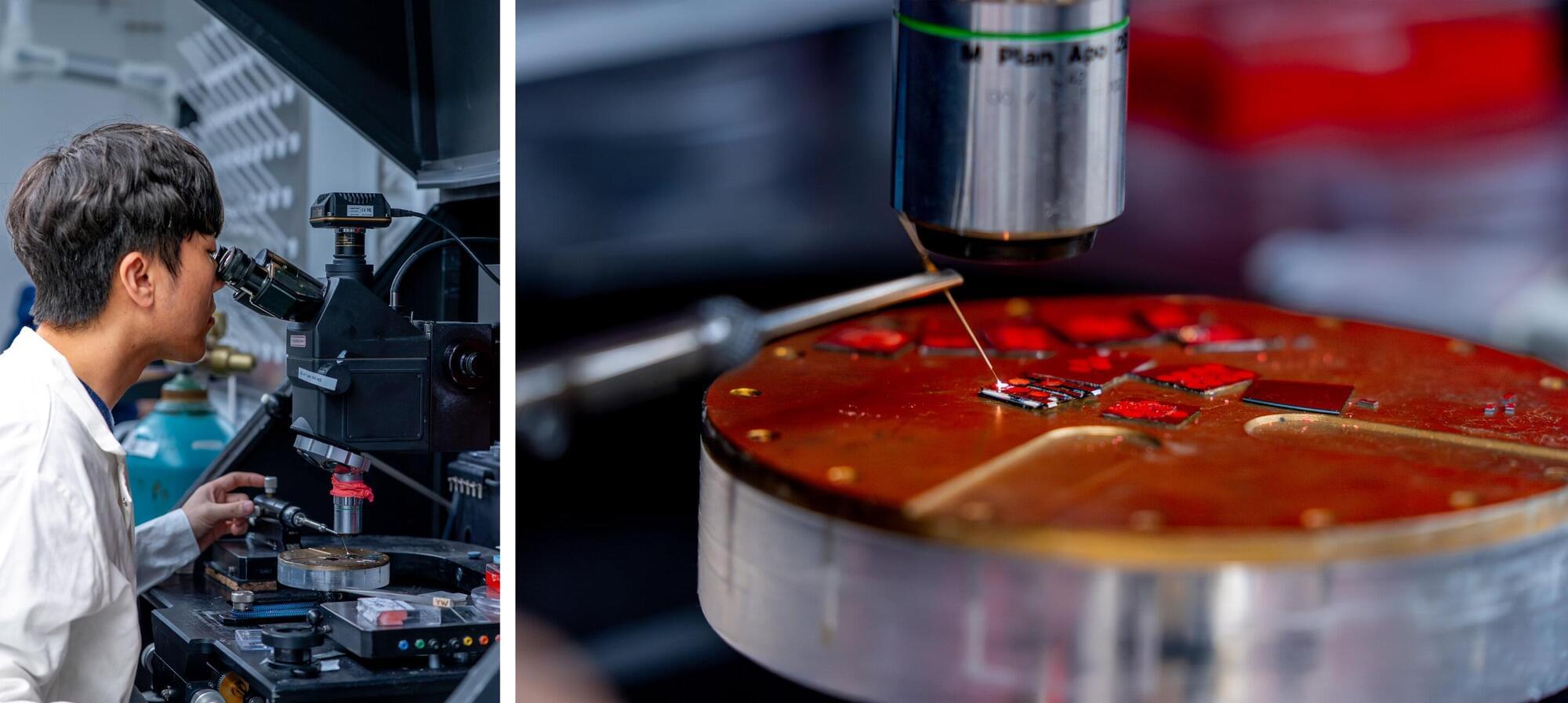Researchers have found that a two-dimensional carbon material is tougher than graphene and resists cracking—even the strongest crack under pressure, a problem materials scientists have long been grappling with. For instance, carbon-derived materials like graphene are among the strongest on Earth, but once established, cracks propagate rapidly through them, making them prone to sudden fracture.
A new carbon material known as monolayer amorphous carbon (MAC) however, is both strong and tough. In fact, MAC—which was recently synthesized by the group of Barbaros Özyilmaz at the National University of Singapore (NUS)—is eight times tougher than graphene, according to a new study from Rice University scientists and collaborators, published in the journal Matter.
Like graphene, MAC is also a 2D or single atom-thick material. But unlike graphene where atoms are arranged in an ordered (crystalline) hexagonal lattice, MAC is a composite material that incorporates both crystalline and amorphous regions. It is this composite structure that gives MAC its characteristic toughness, suggesting that a composite design approach could be a productive way to make 2D materials less brittle.
